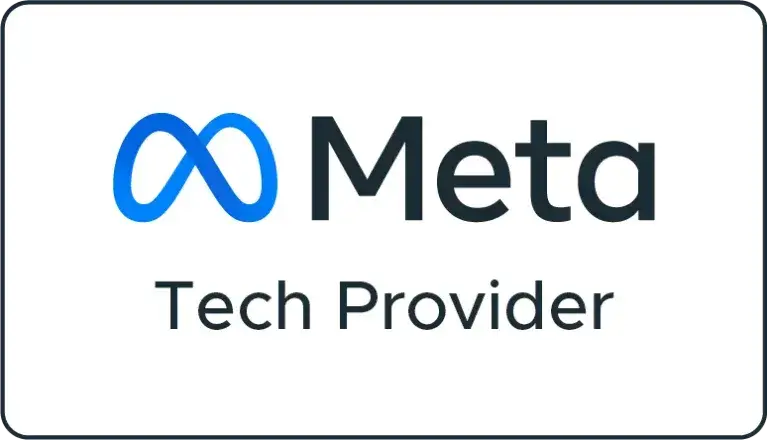Selecting between search ads and display ads is a tough decision for any advertiser in the world of online advertising. The wrong ad format may squander a significant portion of your paid advertising budget. To get the best return on investment that is first and foremost, one must decide the differences between search ads vs display ads and secondly, how to optimize them for your business.
Understanding Search Ads Vs Display Ads
Search Ads
Search ads are a well-known pay-per-click form of advertising where businesses compete to show their advertising ads above and below organic search engine findings whenever user places a search on certain keywords. They consist of a headline, a display URL and a description text. Ad extensions can be utilized.The appearance, ranking, and cost per click of search ads are determined by the bid price and Quality Score . A higher bid, as well as a higher caliber score, boosts the probability that you ad will be placed in a better location on the search result page.
Display Ads
In contrast to ads on the web, display ads act differently. They fall into the group of “push” marketing because they are placed based on several targeting types rather than user searches. Display ads can be found on over 2 million locations and seen by more than 90% of online users . They may be on various social media, websites, even in your email box.
The key advantage of display ads over search ads is the possibility of using visual components which include images and videos. Therefore, the ads are used for visually attractive things that can be demonstrated. It is also employed to generate awareness and reach out to the targeted audience.
Comparing Metrics: Conversion Rate and Cost Per Click
On the other hand, focus on customers who are likely to consider a product in the future. However, the comparison of the average cost per click shows that display campaigns have a significantly lower price than search ones.
The average cost per click for search network ads is $2.41, whereas display network ads is less than a dollar – $0.59 . This benefit is useful for those companies who want to draw attention to their product with as low a budget as possible.
When to Use Search Ads
There are some cases in which search ads are suitable for a company:
1. Supplementing Organic Traffic
When a firm does not have enough organic sources from search engine optimization , paid search ads may be an excellent choice. While organic search results appeal to more comparative content, paid search provides the user with a much quicker choice regarding the purchase’s specific products and services.
2. Capturing High-Quality Leads
It may provide a reliable initial resource of high-quality leads for businesses with certain keyword match types. Your advertisements would specifically target users and attract quality leads who have clearly expressed an interest in your items and services .
3. Local Audience Targeting
For businesses that cater to a local audience, search ads are an effective choice. They allow you to reach nearby users who are actively searching for local services. This targeted approach ensures that your ads are seen by the right audience, rather than wasting impressions on a worldwide scale.
4. Short Sales Cycle
If your product or service has a short sales cycle, where users make quick purchase decisions, search ads are ideal. You don’t need to continue advertising to users who have already engaged with your brand, making search ads more cost-effective in these cases.
5. Promoting Emergency Products
For businesses that provide urgent or emergency services, search ads should be the primary focus. Users in need of immediate assistance are more likely to search for services rather than come across display ads while browsing.
6. Smaller Budget Campaigns
Search engine advertising is a great option for brands with smaller budgets. Pay-per-click campaigns allow you to control your spending and bid on highly relevant keywords, ensuring that you reach a targeted audience, generate qualified leads, and achieve a better return on investment.
When to Use Display Ads
Display ads are effective in several scenarios:
1. Visual Products or Services
If your product or service relies heavily on visual appeal, display ads are the way to go. The inclusion of images and videos in display ads allows for better product and service demonstrations. This is especially useful for industries such as apparel, home decor, vacation packages, and entertainment.
2. Creating Awareness
Display ads are excellent for creating awareness among users who may not be actively searching for a product or service. These ads can generate demand and cultivate a feeling of want and need, priming potential customers for future purchases.
3. Longer Sales Cycle
If your product or service has a longer sales cycle, where users require multiple touchpoints before making a purchase decision, display ads are essential. They help keep your brand top-of-mind as users consider their options. Strategies such as cross-channel marketing, omni-channel marketing, and retargeting can be effectively implemented through display ads.
4. Niche Market Targeting
Display ads are great for reaching niche markets. By leveraging Google’s targeting options, you can display ads on relevant websites that attract your target audience. This allows you to cater to a specific niche, ensuring your ads are seen by the right people.
Conclusion
Now you know the difference between search and display ads in terms of specificity of link between the ad and landing page. It’s up to you to decide how to incorporate this knowledge into your business and marketing planning to find out this would get you to the best results. Of course, the solution varies largely depending on business operations, target audience specifics, budget, and marketing goals, but it’s worth knowing that each of the ways has its individual pros. Knowing the difference between the two type of ads allows deciding which of the two is more beneficial for your business, especially when it comes to the long-term planning of marketing communications.
It’s highly important to continuously evaluate the quality and performance of your search ads and display ads campaigns. It will allow you to adjust and enhance the campaigns by improving click-through rate , conversion rate , cost per conversion , retun on ad spend for a better product promotion.
How Does Google Display Ads Grow Marketing Results For Advertisers/Businesses?
FAQ:
How does Google Display Ads drive marketing results every day for thousands of advertisers around the world?
It allows them to run ads and connect with audiences through Gmail, YouTube, and millions of other websites.
How does Google Display Ads help advertisers meet their marketing objectives and drive results?
By offering the ability to display Bumper ads.
Ans: By helping advertisers deliver relevant advertising as people browse the web.
By helping advertisers reach customers searching for specific search terms.
By bundling together all the pillars of a campaign.
A marketing director of a large team is looking to reach an audience at scale through Display campaigns. How might Display campaign reporting help with this objective?
It provides “recommended insights,” which are focused on topic targeting.
Its reporting functionality includes exclusive placement reports designed for high-level advertising strategies.
Its summary report provides executive summaries of total cost and bidding.
Ans: In addition to standard Google Ads reporting, it provides reports that facilitate broad, strategic ad management.
Source: Certifications Answer
What are the two main ad formats used in a Google Display Ads Campaign?
Answer: Uploaded ads (Image & AMPHTML)
Answer: Responsive Display ads













